What is happening in early labor?
In early labor there are several things happening all at once. The cervix is beginning to soften and become shorter which then allows the mucous plug to be released. The mucous plug is a protective layer which allows no harmful bacteria to enter into the uterus from the vagina. It sits firmly in the cervical canal. Your contractions are slowly starting to build with intensity and frequency. The uterine muscles are moving up and out of the way which helps the cervix to open and dilate. Your uterine muscles start to move up toward the diaphragm so when it is time to push the baby down, you utilize your breath to press into these muscles to push the baby out.
Some times in early labor your water will release but it doesn't have to release in order to start labor. Most of the time you can talk in between contractions because the intensity and frequency isn't as extreme. You might use the signs of early labor to prepare for active labor by eating a big meal, taking a nap, taking a shower or bath, taking a leisurely walk, and packing the rest of your stuff for any transfer out of the home. In early labor your contractions come and go with no pattern or time between them.
What is a contraction?
A contraction consists of uterine muscles moving up and out of the way which helps the cervix to open and dilate. Contractions happen spontaneously on their own and are the guiding force for which a baby can be born. Contractions help push and turn your baby so that it may have the easiest passage way out of the body.
What does a contraction feel like?
A contraction consists of a build of sensation in the beginning with a peak of energy in the middle and an ebb of sensation out of the body. There is a beginning, middle, and end.
A contraction feels different for each birth parent.
Examples:
A lot of intense energy moving in and out of the uterus with a peak in the middle
A big overwhelming sensation that ebbs and flows in and out of the body
A rush and euphoria with each new wave
A tightening around the baby and abdomen Intense cramping around the cervix
A lot of power within the body
Contractions don't have to hurt. They are energy rushes that enable you to open up so the baby can come out. -- Spiritual Midwifery
Contractions can feel strong without any pain.
What is active labor?
Active labor is mostly consistent contractions with more consistent frequency. The uterine muscles are still moving up and out of the way which help the cervix to complete dialation. The uterine muscles continue to move up toward the diaphragm so when it is time to push the baby down, you utilize your breath to press into these muscles to push the baby out. The birth parent may or may not be able to talk much and will not be able to communicate unless answering a yes or no question. They will be totally immersed in the experience of labor and will have gone inward focusing on the experience. Managing the labor is their number 1 priority by using coping techniques learned in pregnancy. During active labor, the bag of waters may or may not release.
How long is labor?
The length of labor is between an hour to several days. There is a wide range of normal labor lengths. The number of children can sometimes determine the length of labor. With each additional child, labor lengths may shorten. However having more children doesn't determine a shorter labor with each new baby.
To learn more: contact any of our doulas direct


